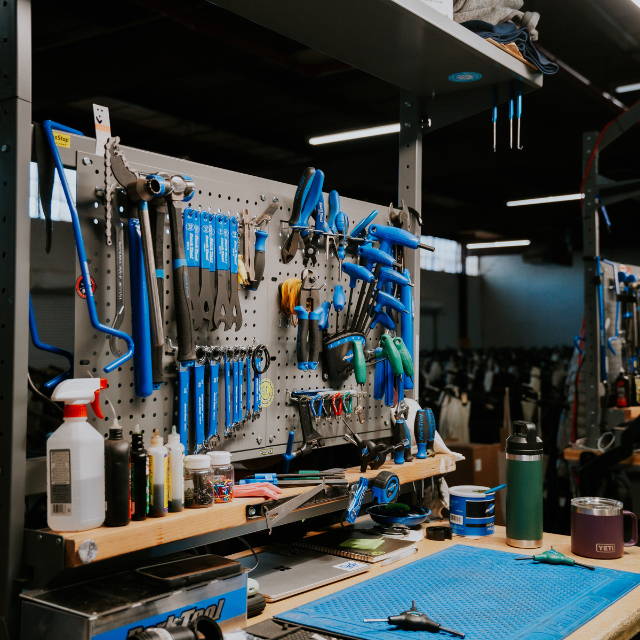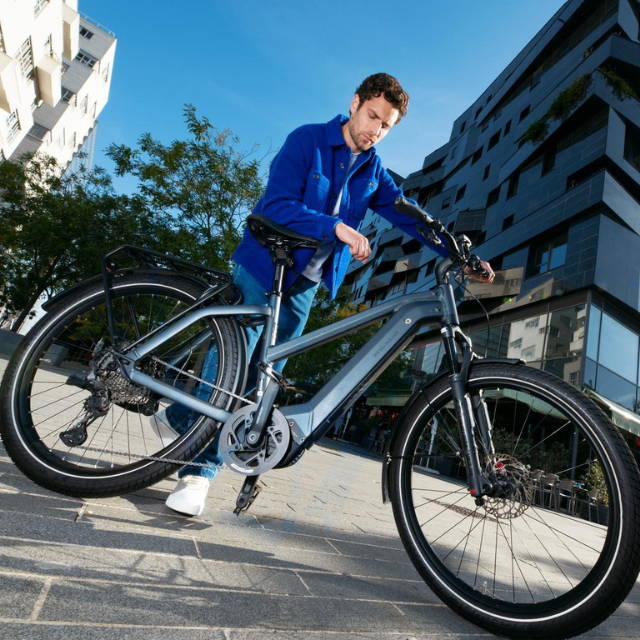Maintenance Monday: How to Straighten Disc Brake Rotors
Written by: Rémy Rossi | December 23, 2024 | Time to read 3 min

More about the Author: Remy Rossi
Rémy Rossi is a bike writer, mechanic, and educator who got his start in community-based bike shops and co-ops. With a decade in the industry, he still wrenches on bikes when he can and plays bike polo on a fixie.

👋 Welcome to Upway
Step 1: Don’t panic
Step 2: Diagnose the issue
First, put your bike in a stand or lift up the wheel so it can spin freely. Give the wheel a spin and listen for a scraping noise (that’s the rotor touching the brake pad) or watch to see if the wheel comes to a stop too quickly. You’re testing to see if the rotor is “true”, or straight enough so it doesn’t bend toward the brake pads. If there’s just a light ding or soft noise, that will probably go away after some more riding as the parts settle in and a bit of brake pad material wears away.
Bike wheels should spin freely for quite a long time before coming to a natural stop. But if you notice that the brake rubbing is severe, you may have a bent disc rotor that’s out of true. The rotor may be making contact with the pad almost the entire time. Or you’ll notice that the rotor hits the pads at a single point in the wheel rotation— that’s where the rotor is most bent.

Rotor material
Browse Upway’s hottest deals on e-Bikes!
Step 3: Straighten the rotor

Step 4: Am I done yet?

Key Takeaways
- Diagnose the Issue: Check for scraping sounds or uneven wheel spinning to confirm a bent rotor.
- DIY Fix: Use an adjustable wrench to carefully straighten the rotor until the wheel spins freely.
- Know Your Rotor: Steel rotors are easier to fix; performance rotors may need professional help.


